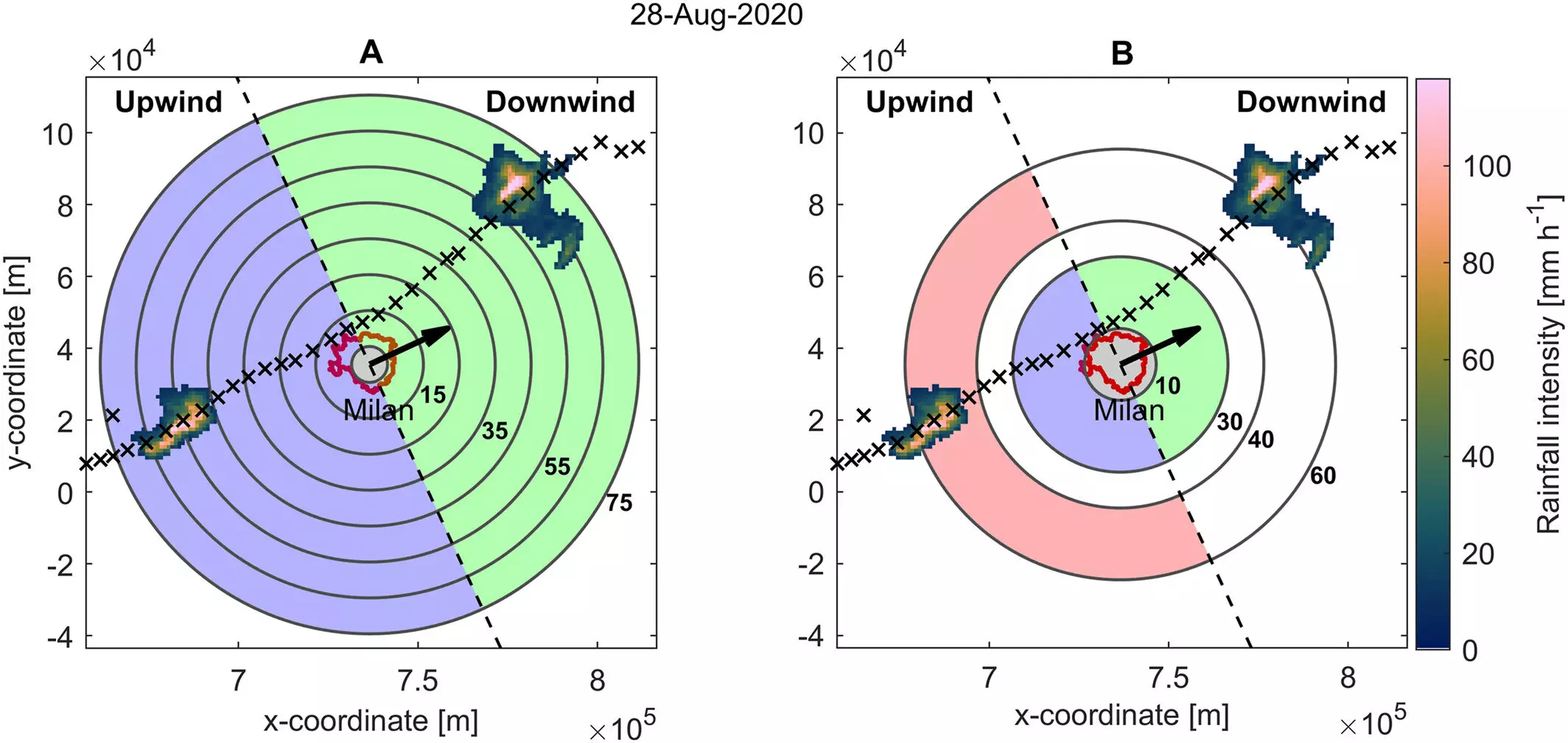Recent research has shed new light on the behavior of storm systems in urban areas versus rural environments, revealing a concerning trend: cities are not just passive recipients of weather events, but active contributors to their intensity and frequency. According to a comprehensive study spanning eight different cities across Europe and the United States, summer storms are notably more prevalent and severe within urban confines than in nearby rural settings. This phenomenon underscores a significant intersection of urbanization and climate change, compelling city planners to rethink strategies for flood prevention and management.
As urban landscapes continue to expand, these insights become crucial for effective urban planning. The research indicates that larger cities tend to generate stronger storms, thereby intensifying rainfall patterns. This urban-centric rain effect necessitates a paradigm shift in how municipalities prepare for and respond to flooding events, especially as climate change amplifies existing weather variabilities.
Urban areas are characterized by elevated temperatures, primarily due to human activities and the heat-retaining materials characteristic of city infrastructures. These warmer environments create conditions conducive to storm formation. Atmospheric scientist Herminia Torelló-Sentelles points out the significant role of temperature gradients—warmer air converging in urban centers tends to rise and cool, forming clouds and precipitation. Such processes are similar to what occurs over mountain ranges, where geographical features uplift airflow to generate rain.
Consequently, when storms approach a city, the skyline can act as an obstacle, causing the air to rise further, enhancing the likelihood of heavy rainfall. This mechanism is distinctive in larger cities, which not only produce storms more frequently but also have the capability to generate significant bursts of rainfall concentrated in smaller areas. This uneven distribution of rain poses a serious risk for urban drainage systems, which may not be equipped to handle the sudden influx of water.
The findings of the study, which utilized high-resolution weather data collected over seven years across cities like London, Berlin, and Phoenix, illustrated a clear trend: storms formed more often and were typically more intense over urban areas. Analysis indicated that larger cities had rainfall intensification rates significantly higher than their smaller counterparts, with notable variances based on geographical and temporal factors.
Some cities, notably Berlin and Birmingham, exhibited stronger storms in proximity to their centers, while others like Charlotte displayed a propensity for more evenly spread storms. This variability affirms that urban planning must consider local contexts and historical weather patterns for effective management of stormwater and flood risks.
Another layer of complexity is introduced by aerosol pollution prevalent in urban atmospheres. The interaction of these pollutants with storm clouds can modify precipitation processes, sometimes enhancing rainfall while at other times suppressing it. This highlights the need for environmental policies that address air quality alongside urban development initiatives, as they can have reciprocal impacts on storm behavior.
Moreover, the unique configurations of cities—from their layout to their ecological diversity—play a vital role in how storms manifest. As the research indicates, factors like green spaces or the presence of waterways can influence local climate dynamics and rainfall distribution patterns.
In light of these findings, city planners and policy-makers urgently need to develop tailored strategies for managing stormwater specifically designed for their unique urban environments. Public infrastructure, including drainage systems, must be capable of accommodating the highly concentrated downpours that urban storms can unleash.
As climate patterns continue to evolve, cities must not only adapt to these changes but also proactively build resilience against flooding risks. Effective management will rely on ongoing research that rigorously examines the intricacies of urban storm behavior, thereby ensuring that strategies are both grounded in scientific evidence and responsive to local needs.
The intersection of urban growth and climate dynamics emphasizes the necessity for a paradigm shift in flood risk assessment and urban planning. As cities grow in size and number, it is imperative to deepen our understanding of how urban environments affect weather patterns and ultimately, to safeguard communities from the looming threats posed by urban storms.


Leave a Reply